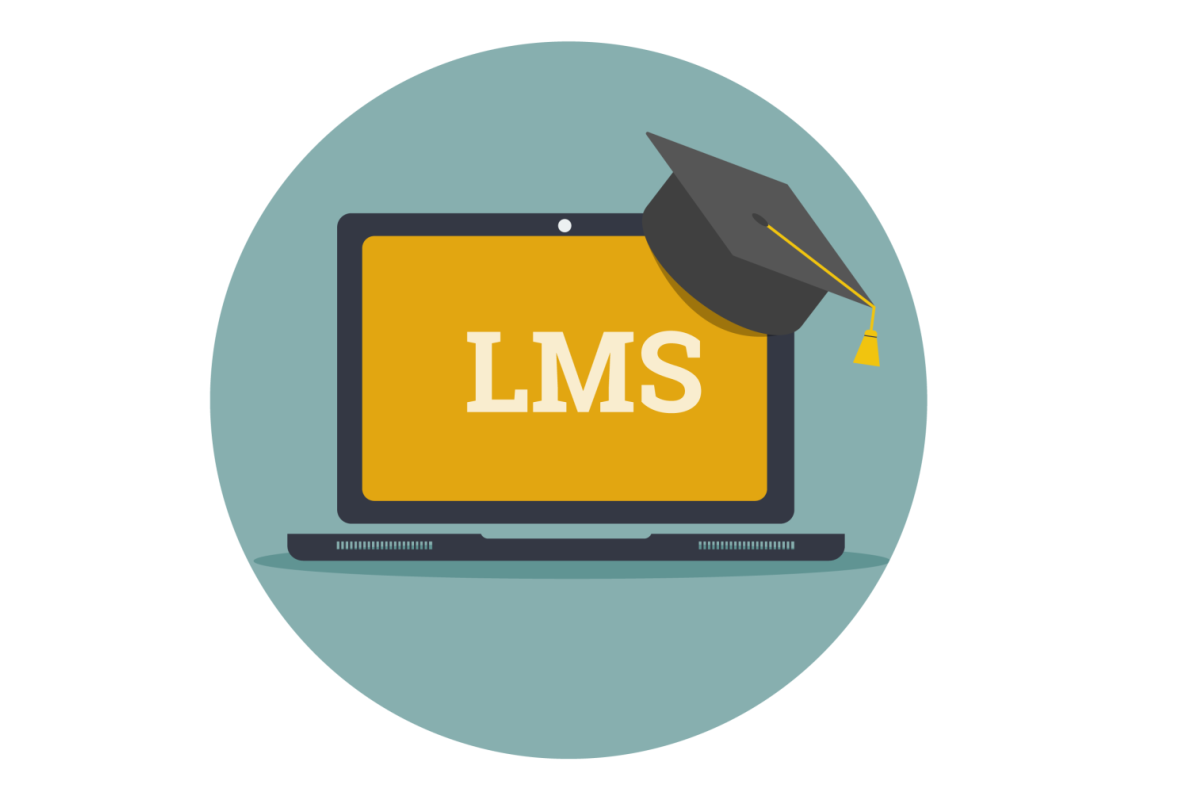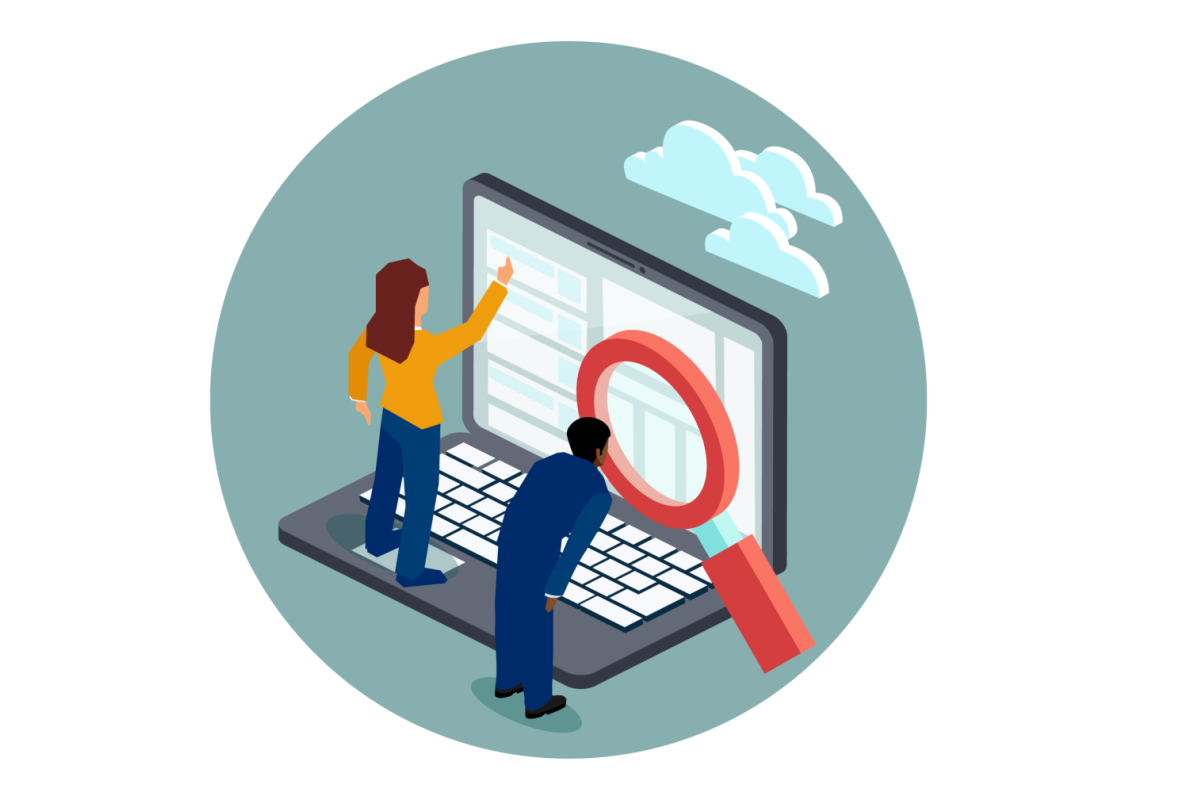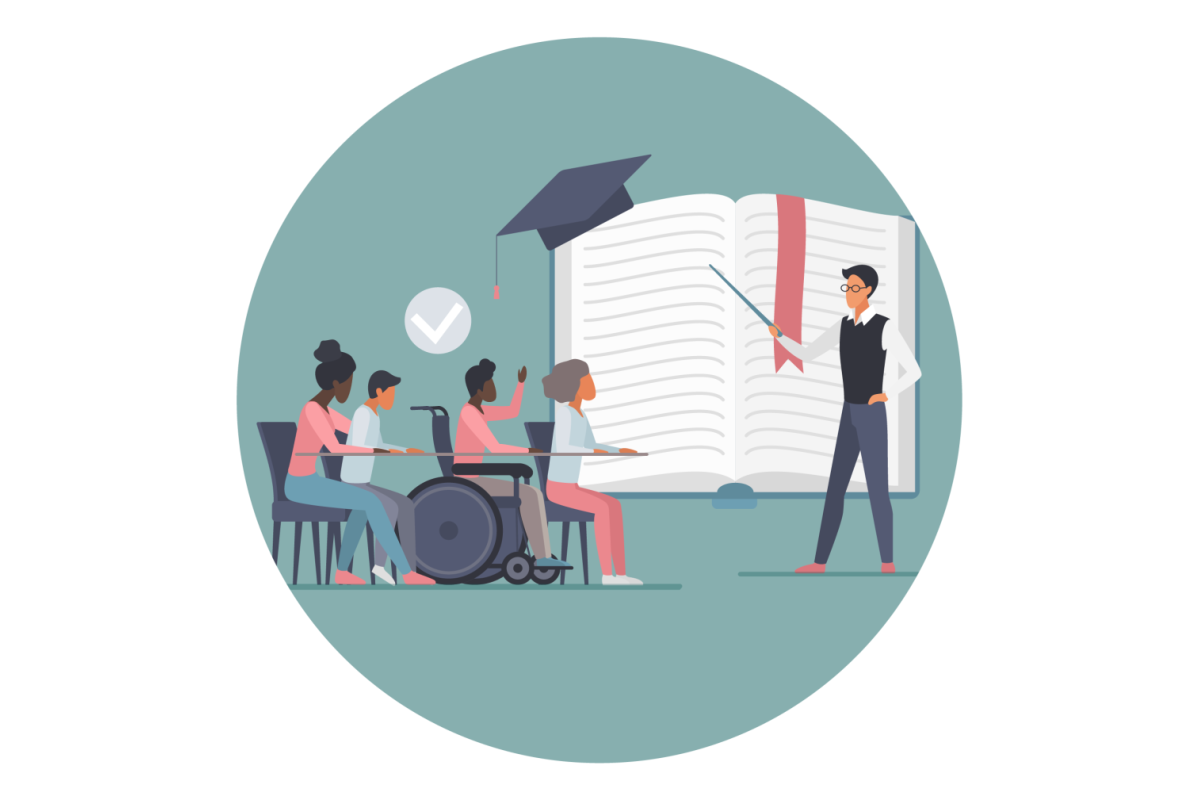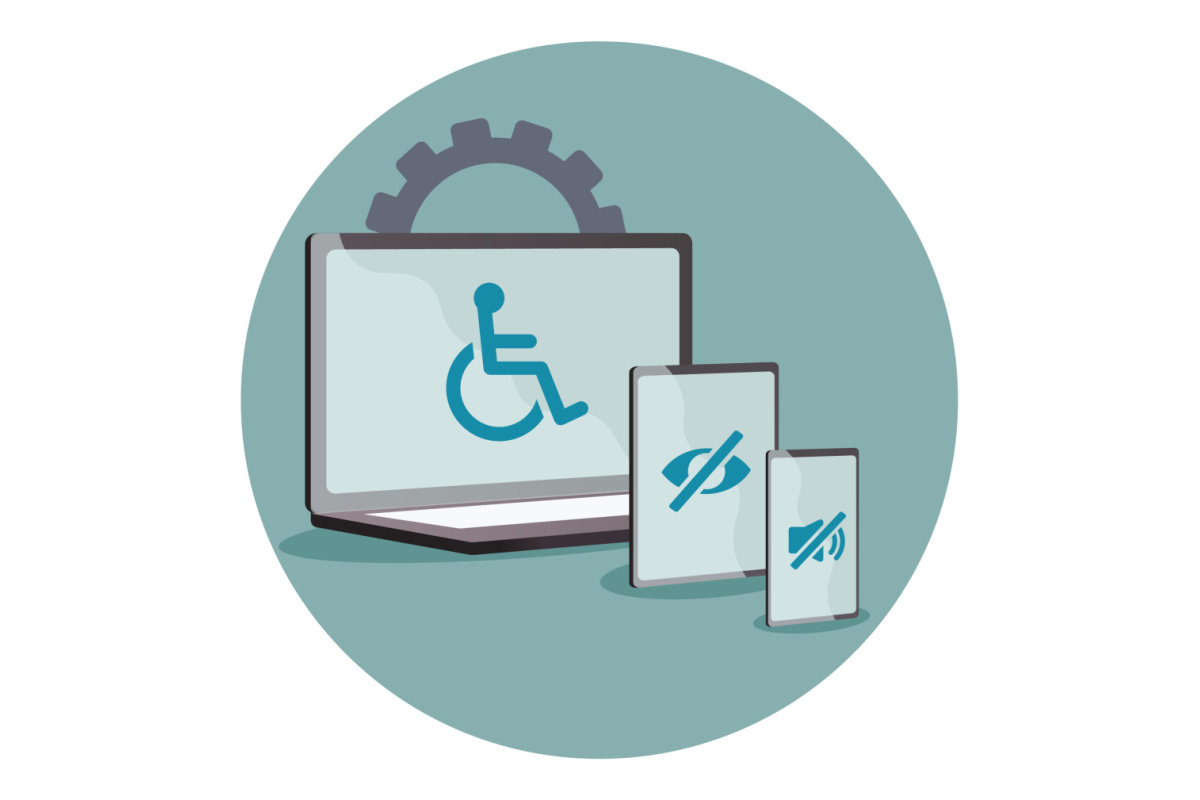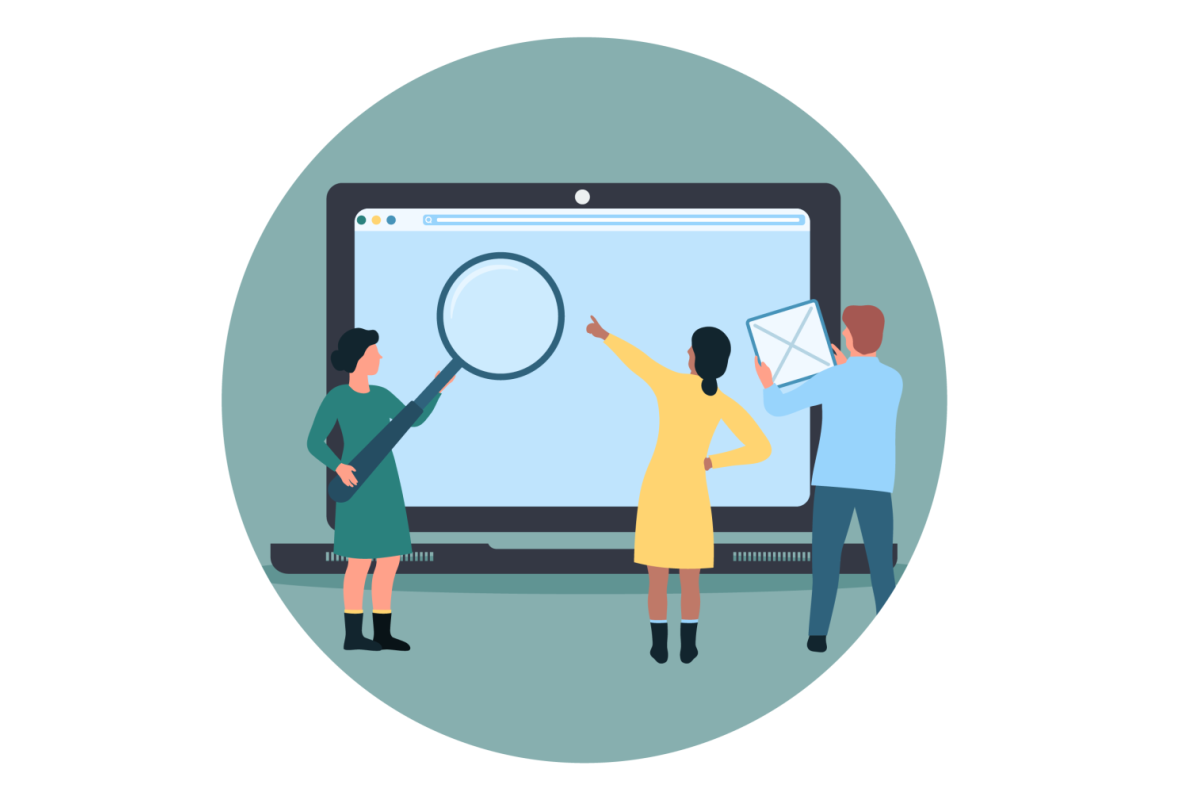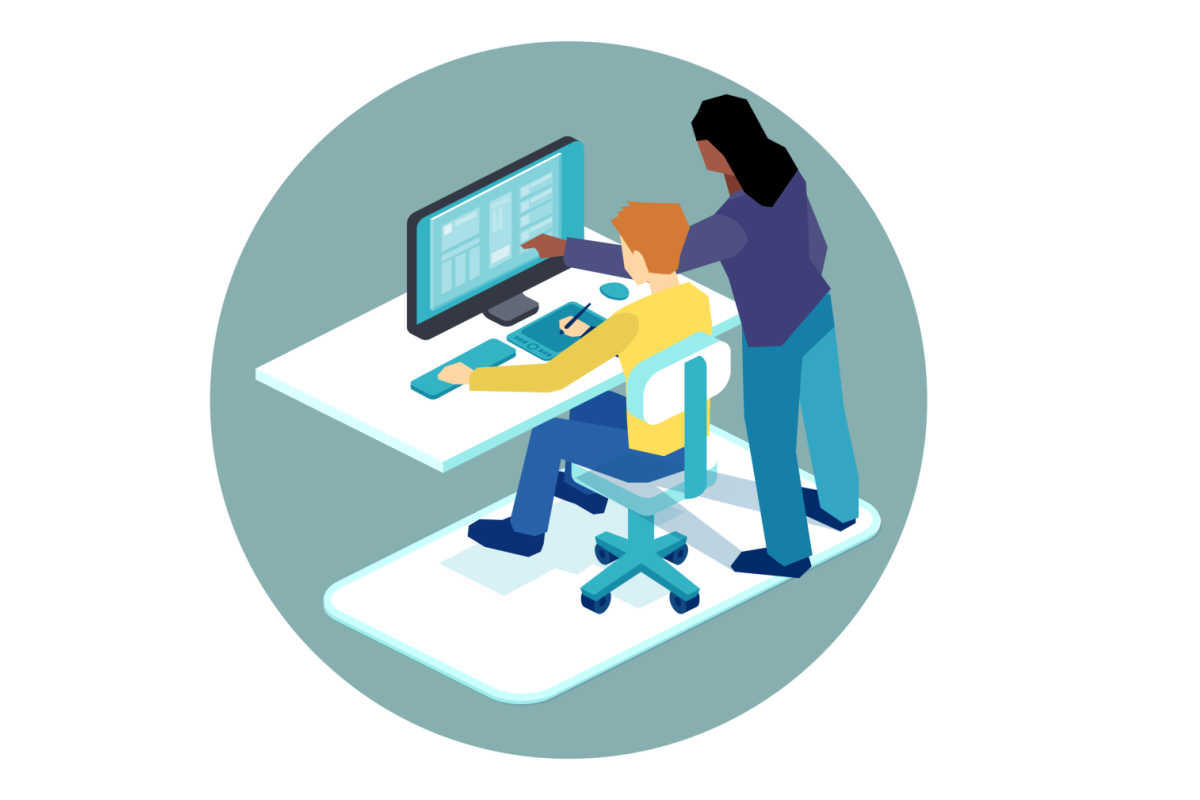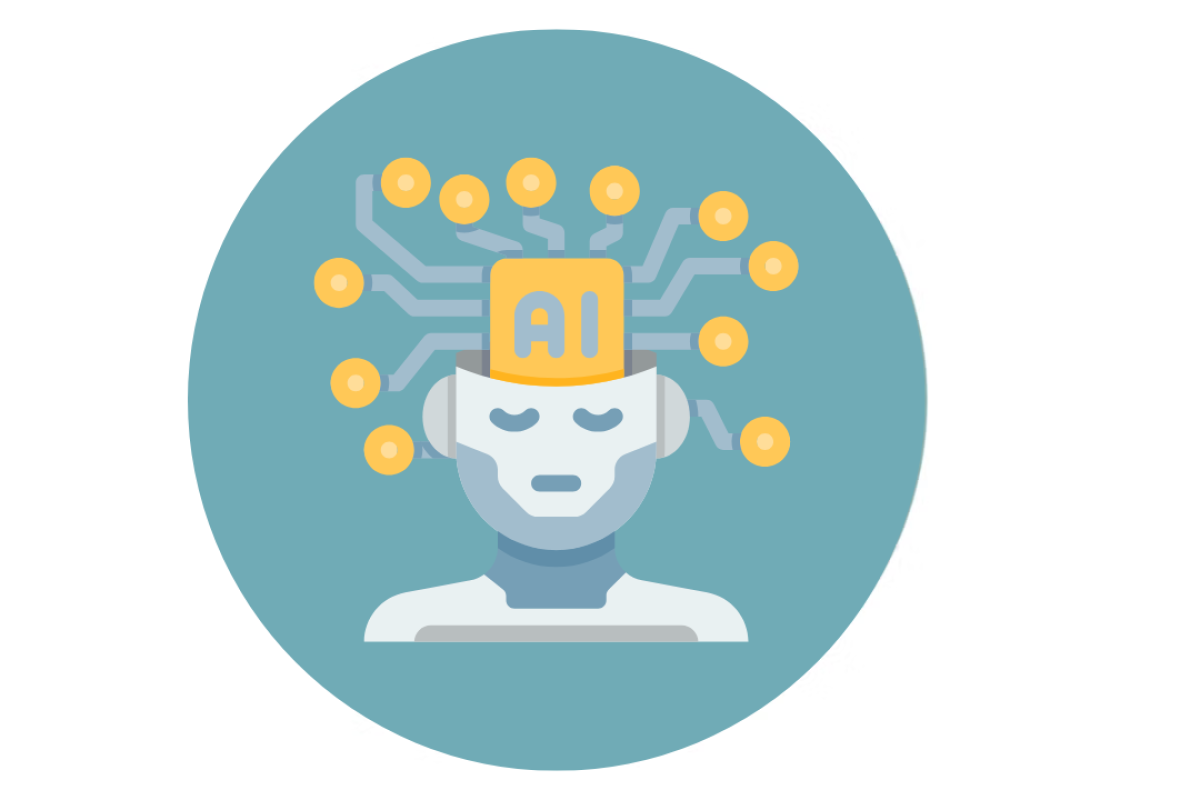Leveraging Technology for Effective Teaching
Before diving into your next class prep, take a moment to reflect:
- What technology tools have you used in your teaching?
- Have they made learning more engaging or accessible for your students?
- What’s one new tool or method you’re curious to try?
Teaching with Technology at CTL
The Center for Teaching & Learning (CTL) recognizes the growing role of technology in higher education and its power to transform learning. By integrating tools like learning management systems, multimedia, virtual simulations, or remote communication platforms, educators can:
- Enhance engagement: Make lessons interactive and dynamic.
- Promote collaboration: Foster group discussions and teamwork online.
- Personalize learning: Address diverse student needs and learning styles.
- Improve accessibility: Open doors for inclusivity and support.
The CTL works alongside campus partners to support your teaching technology needs:
- Continuing Education: Explore programs and courses for online learning.
Office of Academic and Learning Innovation: Discover resources for expanding access and driving innovation.
Faculty Support for Integrating Technology:
Canvas is a cloud-based learning management system (LMS) used as a vital space for instruction, a communication hub for students, and a place to collect, grade, and track assignments. For academic courses, faculty should Log in to MyCUInfo and use the Teaching Tools tab to request an online course. Once created, your course can be found on the Canvas Dashboard and will be blank; however, you can copy course content into a new course.
For more information on essential instructional uses and best practices, request a one-on-one consultation with OIT's Academic Technology Consultants, learn more about upcoming trainings, watch on-demand videos, or read step-by-step guides on the OIT website.
When choosing tools to aid in your instruction, the Office of Information Technology (OIT) recommends using campus-supported technologies. This preserves academic continuity for your students, allowing them to use familiar tools, and ensures OIT can support you as you implement these technologies.
Support is available as you learn the technical aspects of these tools. OIT’s Academic Technology Consultants are available to meet one-on-one to discuss your academic technology needs or can provide a number of academic technology workshops for groups upon request.
Universal Design for Learning (UDL) provides a framework for designing instruction that is inclusive and addresses the diverse learning needs of all students. By incorporating UDL principles into their teaching practices, educators can create learning environments that proactively remove barriers to learning and engage all students, regardless of their background, abilities, or learning preferences. Consultations and on-demand trainings are available upon request. At CU Boulder, faculty can earn a UDL micro-credential by completing an online course.
Faculty can get support with understanding and implementing accessibility for digital materials and technology so that all learners, regardless of abilities or disabilities, have access to and can engage with educational content. Accessibility is critical to promote inclusivity, fulfill ethical responsibilities, enhance learning experiences, accommodate diverse learning, and comply with legal requirements. To learn more about how to create digitally accessible experiences and materials or find accessibility resources email DAO to request a consultation.
New technologies often provide innovative tools and resources that can enhance teaching and learning experiences. By exploring and adopting new technologies, faculty members can tap into their potential to engage students, facilitate active learning, and create dynamic and interactive educational experiences. If teaching with the College of Arts & Sciences, the team at Arts & Science Support of Education Through Technology (ASSETT), contact the ASSETT team to learn more about opportunities or for help.
We offer individualized, confidential consultations free of charge. All CU Boulder educators, including faculty, postdocs, graduate students, and staff who teach, are welcome to schedule teaching consultations to learn how to integrate technology into instruction. ASSETT and CTL have merged. Depending on your department an ASSETT or CTL team member will reach out to discuss your consultation goals.
The Teaching and Learning with AI repository is designed to share implementable classroom resources for teaching and learning with and about generative AI. It was developed as a resource for educators to contribute teaching and learning content that addresses the needs of our campus and beyond. All resources submitted to the repository are available for educators to distribute, remix, adapt, and build upon the material in any medium or format, as long as attribution is given to the creator. If you’re interested in incorporating generative AI and/or critical thinking about AI into your own courses, we encourage you to explore and play with the resources here! As we continue learning about this emergent technology we invite members of our campus community to contribute new content to our repository.
Further Reading and Resources:
- ChatGPT: Implications for Teaching and Student Learning, From the CRLT Blog. Center for Research on Learning and Teaching, University of Michigan.
- ChatGPT and the rise of AI writers: how should higher education respond?, Times Higher Education. Nancy Gleason.
- Eight ways to engage with AI writers in higher education. Times Higher Education, Lucinda McKnight
- How Will Artificial Intelligence Change Higher Ed?, From The Chronicle of Higher Education.
- Three Things to Know about AI Tools and Teaching, Agile Learning Blog, Derek Bruff.
- How About We Put Learning at the Center?. Inside Higher Ed, John Warner aspects of teaching, learning, and administrative processes.
- AI Writing Tools, Center for the Advancement of Teaching Excellence.
- AI Syllabus Statements, Center for Teaching & Learning.
- Understanding AI Writing Tools and Their Uses for Teaching and Learning, UC Berkeley
- Teaching & Learning in the Age of AI, Center for Teaching & Learning.
Course Design Resources
Open Educational Resources (OER) include learning materials such as open textbooks, courses, syllabi, lectures, assignments, quizzes, lab activities, games, and simulations.
CTL Workshops around “Teaching Well with Technology”
AI tool list from OIT: https://www.colorado.edu/information-technology/ai-cu-boulder/ai-tools-list


